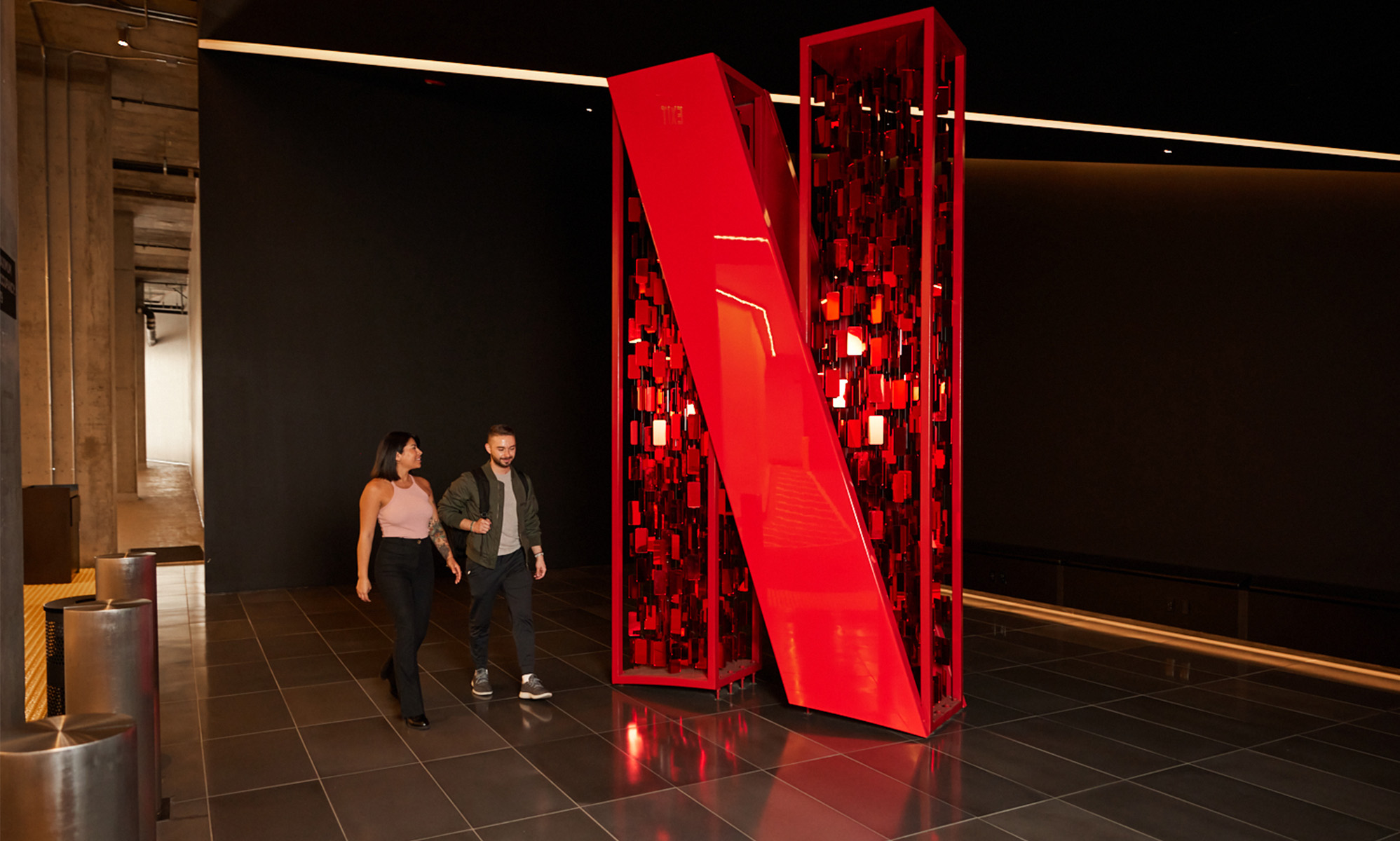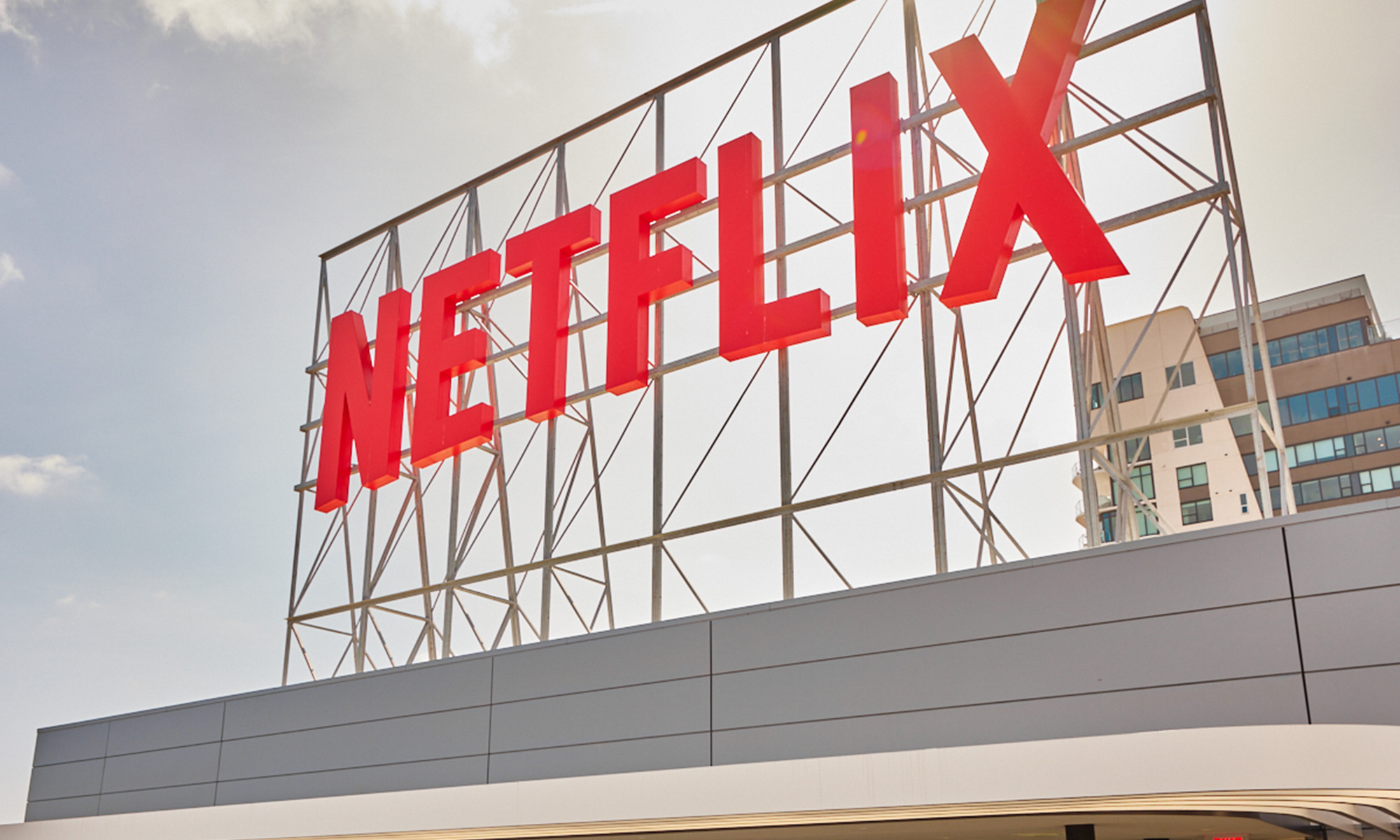Earlier this month, Amazon (AMZN +0.10%) made a significant upgrade to its video service: It now offers select Prime Video programming, and a few movies, in 4K ultra-HD. Amazon isn't the first to make this move -- Netflix (NFLX +0.15%) began streaming House of Cards and Breaking Bad in 4K months ago -- but it is significant, as it allows owners of high-end, 4K television sets to take advantage of their displays.
Most traditional cable providers, in contrast, do not currently offer 4K streaming, and they may not for some time. On the resolution front, Internet-based services have a significant advantage.
4K is a growing niche
Admittedly, not many Amazon customers are likely to take advantage of 4K streaming -- at least not for many years. Although 4K TVs are now affordable (Vizio is currently offering a well-reviewed 50-inch 4K for around $1,000), they still represent a minority of TV purchases. According to DisplaySearch, just 6.4 million 4K sets have been sold in 2014, a significant increase from last year, but a small percentage of the more than 200 million TVs sold annually.
Business Insider projects that 10% of North American households will have at least one 4K set by 2018, and Strategy Analytics believe they will be in one-third of households by 2020. In other words, the age of 4K is still many years away, though it is a rapidly growing niche -- shipments rose an impressive 500% last quarter.
Cable is far behind
In addition to a 4K TV, Amazon customers will need a fast Internet connection -- Netflix recommends a minimum speed of 25 Mbps for its 4K streams. That's not uncommon, but it is faster than the nation's average (around 10 Mbps). Still, for those with both -- 4K TVs and speedy broadband connections -- traditional cable packages are of little use.
Despite the widespread proliferation of full HD, 1080p TVs, many HD channels are still broadcast in 720p. Some are offered in 1080i, but none in 1080p. A few large providers, notably DirecTV, offer select on-demand programming in 1080p, but no live broadcasts. DirecTV has a similar 4K service, and Comcast has announced 4K on-demand programming of its own, but the current cable complex -- a web of live broadcast channels -- is nowhere close to 4K.
4K could accelerate cord-cutting
For the time being, the only way to access 4K content is through streaming services -- not even physical discs currently offer 4K content. That should change in the future, but the streaming services -- Amazon and Netflix -- have a significant edge over the competition, one that is inherent to their distribution systems, and one that may last for many years.
Before it began offering 4K video, Netflix predicted that Internet-based services would prove pioneers in offering 4K content. "In most countries, the conversion to 4K video is being led by Internet video because Internet services can efficiently serve just the homes with 4K televisions, while [cable] would have to convert entire markets channel by channel." Tellingly, Comcast has announced that its 4K content will be delivered over the Internet.
Buyers of 4K TVs, then, are obvious targets for Netflix and Amazon Prime subscriptions. As a substitute for traditional cable packages, their dominance of 4K video could entice 4K television set buyers to cut the cable cord.
The effects could be limited, especially as early 4K adopters are likely to be relatively affluent, but as the price of 4K sets heads ever lower, and other Internet-based streaming services (including HBO's) appear, the decline of paid TV subscribers could coincide with the rise of 4K television sets.








